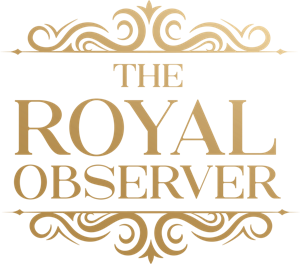What Are The Origins Of Royal-Themed (Face) Playing Cards?

Playing cards are a staple of games and gambling, with their distinctive suits, numbers, and face cards instantly recognisable across the globe. Central to these decks are the royal figures (known as face cards) - the King, Queen, and Jack - whose presence has become synonymous with card games. But have you ever wondered why these playing cards have a royal theme?
Where Do Playing Cards Originate From?
Playing cards are believed to have originated in China around the 9th century during the Tang Dynasty, spreading through trade routes to India, Persia, and eventually Europe by the 14th century.
The European version of playing cards began to take shape in the late Middle Ages. The deck we recognize today—with four suits and face cards representing royalty—emerged in France during the 15th century.
It was the French who introduced the distinct hearts, spades, diamonds, and clubs, as well as the standardized use of the King, Queen, and Jack (then called Knaves) as face cards.
At this time, monarchies dominated much of Europe, and royal figures were a natural choice for representation. Kings and queens symbolized power, authority, and governance—an integral part of the social structure. The incorporation of these figures into playing cards reflected the hierarchical nature of medieval society.
How Are Royal Cards Symbolised?
Kings: Symbol of Ultimate Power
The King card is often regarded as the highest-ranking figure in the deck, symbolizing absolute authority and rule. In a period where kings were the central figures of governance and military power, their representation in playing cards made sense. The King embodied strength and leadership, mirroring the role of monarchs in society.
Queens: The Feminine Force
The inclusion of the Queen in playing cards added a balance of power, symbolizing not only royalty but also the idea of wisdom, grace, and influence. Many European queens held significant political power, ruling in their own right or acting as crucial advisors to kings. As such, the Queen card became a natural counterpart to the King, reinforcing the idea of dual authority in a royal household.
Jacks (Knaves): The Loyal Servants
The Jack, historically called the Knave, represents the lower noble class or attendants to royalty, like soldiers or servants. In a medieval court, the knave would serve the king and queen, often acting as messengers or advisors. In card games, the Jack ranks below the King and Queen, symbolizing loyalty and service to the crown.
